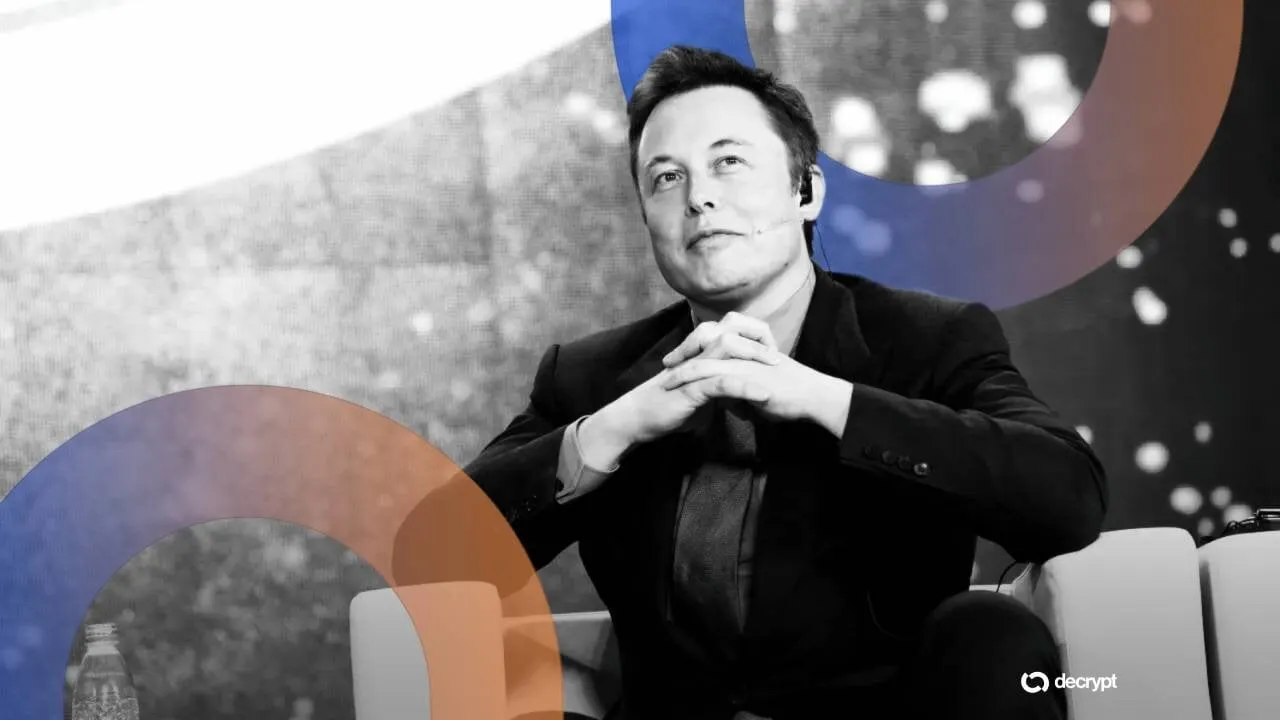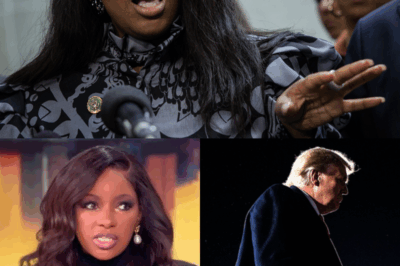Elon Musk’s journey from a young entrepreneur with a penchant for risk to one of the most influential figures in modern history is a story of ambition, audacity, and relentless determination. While his name today is synonymous with Tesla, SpaceX, and revolutionary technologies, Musk’s early years reveal a pattern of behavior that would come to define his approach to life and business: a love for risk that often bordered on reckless, but which ultimately propelled him to heights few could have imagined.
One of the most emblematic moments in Musk’s early career came in 1999, shortly after he sold his first startup, Zip2, to Compaq for $307 million. Musk’s share of the deal netted him an estimated $20 million—a fortune that most would use to secure their future. But Musk wasn’t like most people. Instead of indulging in luxury homes or conservative investments, he made a choice that stunned those around him: he spent $1 million on a McLaren F1 supercar, one of the fastest and most exclusive cars in the world.
The purchase was captured by CNN, which filmed the delivery of the silver McLaren to Musk’s modest 1,800-square-foot condo in Palo Alto, California. Standing beside him was his then-girlfriend, Justine Wilson, who would later become his first wife. In the footage, Justine expressed unease about the extravagant purchase. “It’s a million dollars for a car. It’s decadent,” she told CNN, her voice tinged with apprehension. “My fear is that we become spoiled brats, that we lose a sense of appreciation and perspective.”
Her words proved prescient. Musk’s relationship with risk was not confined to his business ventures; it extended to his personal life as well. In 2000, just months after purchasing the McLaren, Musk decided to show off the car’s capabilities while driving on Sand Hill Road with PayPal co-founder Peter Thiel. “Watch this,” he reportedly said, moments before losing control of the vehicle. The McLaren spun out, flew three feet into the air, and crashed spectacularly. The car was uninsured, and Musk admitted that the accident had been a costly mistake.
Yet, the crash was more than just a flashy headline. It was a microcosm of Musk’s philosophy: spend big, take risks, and embrace failure as part of the process. Unlike the McLaren, most of Musk’s later gambles didn’t crash. Instead, they reshaped entire industries, from electric vehicles to space exploration.

The Early Years of Ambition
Musk’s marriage to Justine Wilson in 2000 marked the beginning of a whirlwind decade for the couple. By then, Musk was already deeply immersed in his entrepreneurial pursuits. After founding X.com, an online payments company, Musk’s ambitions began to outpace the world around him. In 2002, he founded SpaceX with the goal of making space travel affordable and eventually colonizing Mars—a vision that many dismissed as science fiction.
At the same time, Musk’s personal life was accelerating just as rapidly. Between 2002 and 2006, Justine gave birth to twins and then triplets, all while pursuing her career as a writer. She published three novels during this period, juggling her creative ambitions with the demands of raising five young children in a household dominated by Musk’s relentless drive.
But the strain of Musk’s growing empire began to take its toll. By 2004, Musk had joined Tesla’s board, and his focus shifted increasingly toward the electric vehicle startup. The pressure of balancing family life with his soaring ambitions exposed cracks in their relationship. In 2008, Musk filed for divorce, marking the end of their tumultuous marriage.
The Fallout of Divorce
The divorce between Musk and Justine was anything but amicable. During the proceedings, Justine sought a significant settlement, including the family home, child support, $6 million in cash, 10% of Tesla, 5% of SpaceX, and a glacier-blue Tesla Roadster. Had she received everything she asked for, Forbes estimates her net worth today would exceed $17 billion, placing her among the world’s richest individuals.
Instead, Justine walked away with much less. The backbone of the settlement was a post-nuptial agreement she had signed in 2000, shortly after their marriage. In a 2010 essay for Marie Claire, Justine reflected on her decision to sign the agreement, admitting that she had trusted Musk completely at the time. “I trusted my husband—why else had I married him?—and I told myself it didn’t matter. We were soul mates. We would never get divorced,” she wrote.
Only later did she realize the implications of the agreement. By signing it, Justine had waived key marital rights, including claims to community property. She tried to challenge the agreement in court, arguing that Musk had failed to disclose a major pending deal: the merger of X.com with Confinity, which later became PayPal. That merger, which occurred shortly after the agreement was signed, eventually led to PayPal’s sale to eBay for $1.5 billion, netting Musk at least $100 million.
The legal battle dragged on for two years, costing millions in legal fees and ultimately ending in Musk’s favor. Today, Forbes estimates Justine’s net worth at around $15 million—a fraction of what she might have received had the court sided with her.
The Legacy of Risk
Looking back, the McLaren F1 crash resonates as more than just a youthful mistake. It encapsulates Musk’s approach to life and business: a willingness to bet everything on high-stakes gambles, often without a safety net. While the crash cost him dearly, it also foreshadowed a pattern that would come to define his career. Musk’s ability to embrace risk, learn from failure, and push forward has been the cornerstone of his success.
Unlike the McLaren, most of Musk’s later gambles didn’t end in disaster. His investments in Tesla and SpaceX, both of which were on the brink of bankruptcy at various points, ultimately paid off in spectacular fashion. Tesla revolutionized the electric vehicle industry, while SpaceX became the first private company to send astronauts to the International Space Station.
Musk’s love affair with risk has also shaped his public persona. Today, he is celebrated as a visionary who redefined the boundaries of what is possible. But his critics argue that his approach often borders on recklessness, pointing to controversies such as his decision to take Tesla private, his unfiltered tweets, and his ambitious plans to colonize Mars.
The Human Cost
While Musk’s gambles have brought him immense wealth and influence, they have also come at a cost. His personal relationships, including his marriage to Justine, have often been strained by his relentless drive. Justine’s fear of “spoiled brats” losing their sense of appreciation and perspective wasn’t just a moralizing quip—it was a premonition of the challenges that would come with Musk’s meteoric rise.
For Justine, the divorce marked the end of one chapter and the beginning of another. While she never achieved the financial scale of Musk’s empire, she has continued to pursue her writing and has spoken openly about the lessons she learned from their marriage.
Musk’s Enduring Legacy
Today, Elon Musk stands as one of the most influential figures of the 21st century. His willingness to embrace risk, challenge conventions, and push boundaries has redefined entire industries, from electric vehicles to space exploration. But his journey also serves as a reminder of the human cost of ambition.
The McLaren F1 crash, once a flashy headline, now feels like a metaphor for Musk’s life: a story of high stakes, spectacular failures, and even more spectacular successes. For Musk, the gamble has always been worth it. For those around him, the answer may not be so clear.
As Musk continues to chart new frontiers, from artificial intelligence to Mars colonization, one thing is certain: his love affair with risk is far from over. And while most of his gambles have paid off, the question remains—how much longer can he defy the odds?
News
💔 “SHE DIDN’T PLAN TO BE A HERO — SHE JUST COULDN’T WALK AWAY.” 🌧️ When Rachel Maddow landed in Jamaica to cover the aftermath of Hurricane Melissa, she expected devastation. What she didn’t expect… was her. A little girl, barefoot in the wreckage, clutching a soaked teddy bear and whispering one word: “Mama.” Reporters looked away. Cameras kept rolling. But Maddow — silent, trembling — stepped forward. That night, she stayed. Days later, she signed the papers that changed both their lives forever. Now, as the world reacts to her unexpected act of love, one haunting question remains: Was this journalism… or destiny?|KF
1. The Storm That Took Everything The storm had no mercy. Hurricane Melissa tore through Jamaica with winds that howled…
😱 “NO CAMERAS. NO PRESS. JUST ACTION.” 💥 When Hurricane Melissa left Jamaica in ruins, everyone expected statements — not silence. But that night, Rep. Jasmine Crockett made a call no one knew about. Hours later, a private shipment — blankets, medicine, and water filters worth $500,000 — quietly left U.S. soil. No press release. No credit. Just a note inside the first box that made rescuers burst into tears. Now, the world wants to know: what did she write?|KF
When Hurricane Melissa finally loosened its grip on Jamaica, what remained was not silence but the faint hum of survival…
💥 “THE TAPES WERE NEVER MEANT TO LEAVE THE BUILDING.” 😳 A Turning Point USA insider has come forward — and what they just leaked about Erika Kirk and the Chief of Staff is sending shockwaves through conservative media. Behind closed doors, secret recordings. Late-night meetings. Deleted emails that someone thought were gone forever. And now, the story is unraveling — faster than anyone can contain it. The insider’s confession doesn’t just expose one scandal… it hints at a network of cover-ups stretching far beyond TPUSA. 👀 Either way, the receipts are coming — and they could change everything. 👉 Full leaked details in the comments (CMT) before they disappear… 🔥👇👇|KF
Late last night, an anonymous insider from Turning Point USA (TPUSA) dropped a bombshell that has sent shockwaves through conservative…
“LIVE MELTDOWN ON NATIONAL TV” — WHOOPI GOLDBERG’S EXPLOSIVE MOMENT LEAVES ‘THE VIEW’ IN CHAOS 😱💥 It started like any other morning at The View. Laughter. Headlines. Controlled chaos. Then — a single note changed everything. As producers slipped Whoopi Goldberg a message mid-segment, cameras caught something no one was supposed to see. With a glare sharper than a knife, she snatched the paper, ripped it to pieces, and tossed it aside — live, unedited, and on national television. The studio froze. Her co-hosts went silent. Viewers at home could feel it — that thick, electric tension pulsing through the screen|KF
Inside Whoopi Goldberg’s Live Meltdown — and the Crisis Shaking Disney’s Daytime Empire It started with a folded piece of…
💥 “NO CAMERAS. NO PRESS. JUST THREE NAMES THE WORLD THOUGHT THEY KNEW.” 🌪️ When the Category-5 monster Hurricane Melissa tore through Jamaica, help was nowhere in sight. Then — without a single announcement — a private jet touched down at dawn. Inside: Rachel Maddow. Stephen Colbert. Joy Reid. No sponsors. No cameras. No entourage. They brought 5 tons of food, medicine, water filters, and $1.5 million in aid, all paid from their own pockets. Locals said they worked through the night — lifting boxes, feeding children, treating wounds — not a single word about fame or press. And when a volunteer asked why they came, Joy Reid quietly answered: “Because the news doesn’t need to cover this — humanity does.” By morning, they were gone. No selfies. No headlines. Just whispers spreading across the island — “Were those really them?” Nobody knows who leaked the flight manifest. But one thing’s certain: this wasn’t charity. This was rebellion — against the silence of comfort. 🕯🌎 👇 Full uncovered story before it disappears…|KF
No cameras. No sponsors. Just three journalists who decided to act, not speak. When Hurricane Melissa struck Jamaica — the…
End of content
No more pages to load












